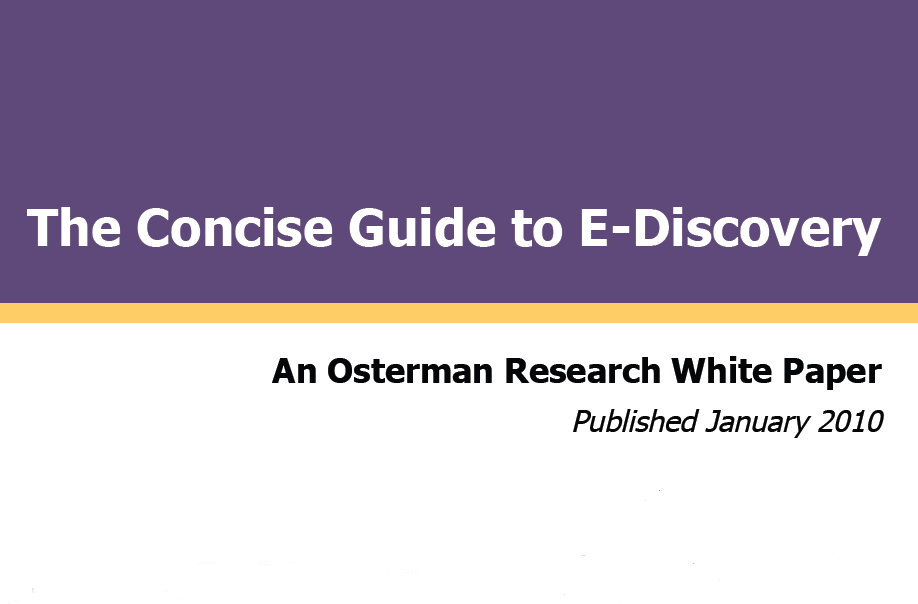The goal of this white paper is to provide an introduction to the key areas involved in developing an e-discovery capability and to help organizations plan to become better prepared for the rigors of the e-discovery process. Note that the goal of this report is not to offer legal advice or legal opinions on specific legal issues related to e-discovery,and it should not be used in this manner.
Key questions answered in this white paper include:
• Should e-discovery be a top priority for your company?
• What can the right e-discovery capabilities do for your company?
• What are the key e-discovery issues to understand?
• What should you do next?
This document was sponsored by six vendors of archiving, email management, ediscovery and related technologies: Google, Guidance Software, Mimosa Systems,Recommind, Sherpa Software and Smarsh. Information on each of these vendors is provided at the end of this document.













